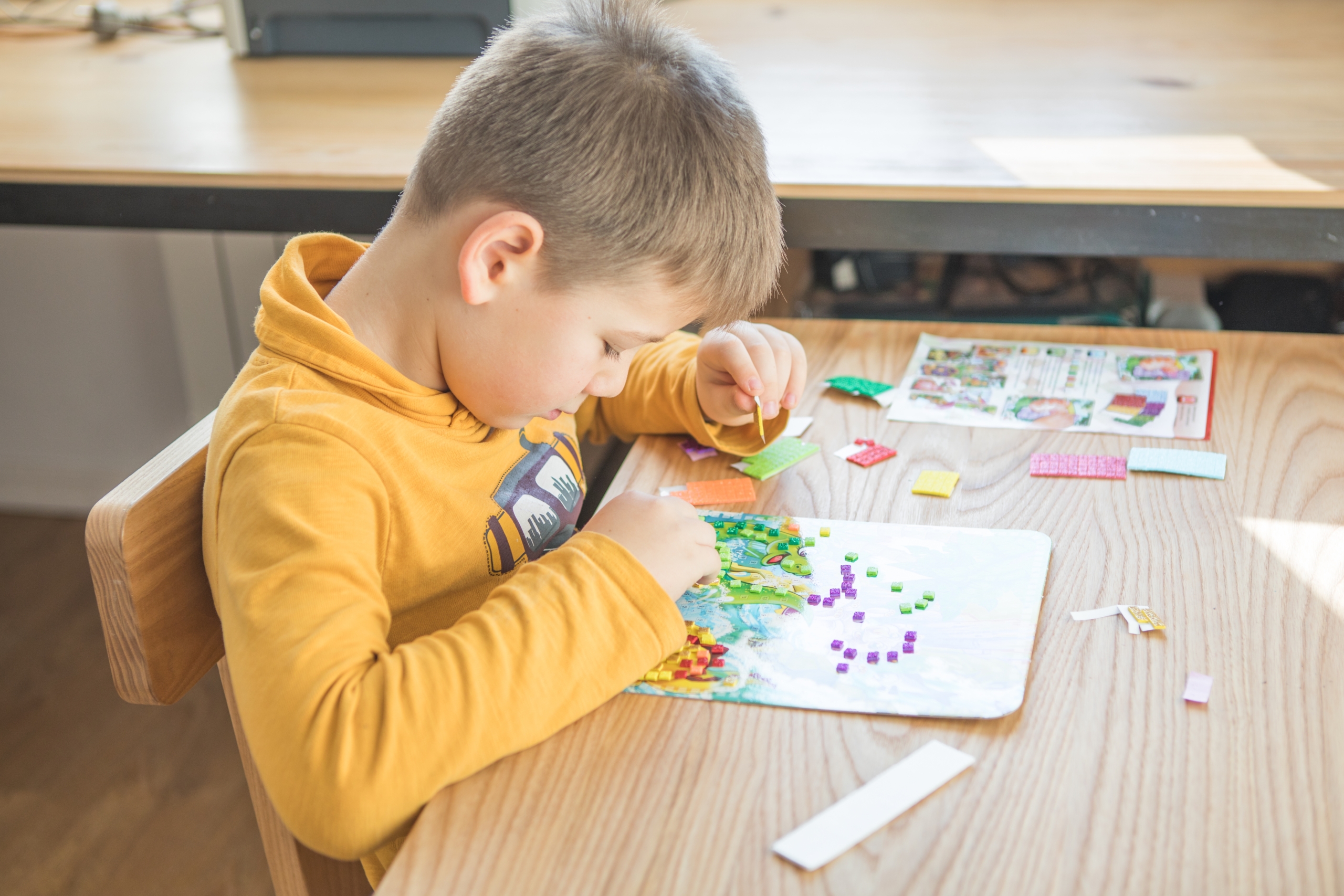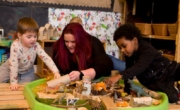We break down the roles adults take on during children’s play and provide tips on how you can get involved
As an adult, it can often be hard to know how much you should get involved in your child or children’s play.
We know from speaking to parents that they often feel guilty if they leave their children alone to do their own thing, or don’t respond when we’re told they’re bored, which can lead to parents overcompensating – setting up activities to ensure life is always fun.
Alternatively, some of us might find playing difficult to do, as we don’t have time, feel silly, don’t see the value of it and wonder why our child can’t just play with their siblings or peers.
In truth, there is no ‘right’ answer to how involved you should be with your children’s play: Your role is likely to change over time depending on the age and development stage of your child and their preferred activities.
“There is no ‘right’ answer to how involved you should be with your children’s play: Your role is likely to change over time depending on the age and development stage of your child and their preferred activities. “
For example, if your child has special educational needs and disabilities (SEND) it might affect how they like to play, while very young child lack the skills necessary for all types of play, and it’s us adults who have to provide the toys or silly faces.
The other reason there’s no right answer is because there are benefits to both ‘structured’ play – involving instructions, rules and a set goal – and ‘unstructured’ play, where children take more of the lead and there is more improvising.
Structured play
Structured play, for example, helps your child step out of their comfort zone and work through problems in a safe environment.
The reason why is easy to relate to for any adult who’s ever felt challenged at work or in a social situation.
Because the child isn’t in charge and didn’t set the rules it encourages children to experience and explore things they might not have chosen for themselves.
Doing so develops their confidence in trying something new and working through any problems as the presence of rules, instructions or goals means challenges can’t just be ignored!
Much like in our adult lives and work environments working through these problems also involves teamwork or social skills – as flipping the board game when you lose is unlikely to be looked on favourably!
Learning how people react also helps children to develop empathy and self-control and, of course, helps them develop the tools to manage frustrations when they become adults.
And thankfully, unlike the challenges sometimes presented in our adult lives, the structures used in playtime allow children to discover new and enjoyable pastimes and imaginative tools they can later use in unstructured play
Unstructured play
Unstructured play abandons the rules above and lets children take charge, which is great at sparking and developing their imaginations and creativity.
Not having a goal in mind, purposefully using play materials in a way that wasn’t intended or even destroying the materials or structures involved might drive you a bit nuts as an adult, but you can’t help but be amazed at how many ways children can find of using something that you never thought of.
As for destruction? Many of our greatest creatives – among them the painter Picasso – are quoted as believing destruction is essential to creation… and we have to assume they knew what they were talking about!
Regardless adults still have a role to play during unstructured play – potentially following the instructions of your child or helping them with any tasks they have chosen to do but can’t quite manage.
Ways you can get involved
Whether unstructured or structured, think about how you can help to create an environment for play, even if you don’t engage with the play activity itself.
Try not to fall for the trick of setting up elaborate play spaces though, as this is often the opposite of what they want and can lead to you getting frustrated that all your work has not had the desired result – Children often only need some mud and a stick to start a game!
If you want to start to encourage unstructured play but are worried about the lack of rules, try and set the boundaries of what’s acceptable – be clear with them, for example, if it is ok to get muddy – and stick to them, so they feel confident to unleash their creativity.
We know many parents don’t like the idea of mess and risk, but for children, Mess and risks are the by-products of exploring and understanding the world.
But, like any good explorer, our children need a good guide who knows the territory… and that’s where we can shine as parents.
This article is part of our Play Programme, which shares early years expertise, practical tips and simple activities for families looking for quick and easy ideas to build play into the everyday and help their children thrive.








